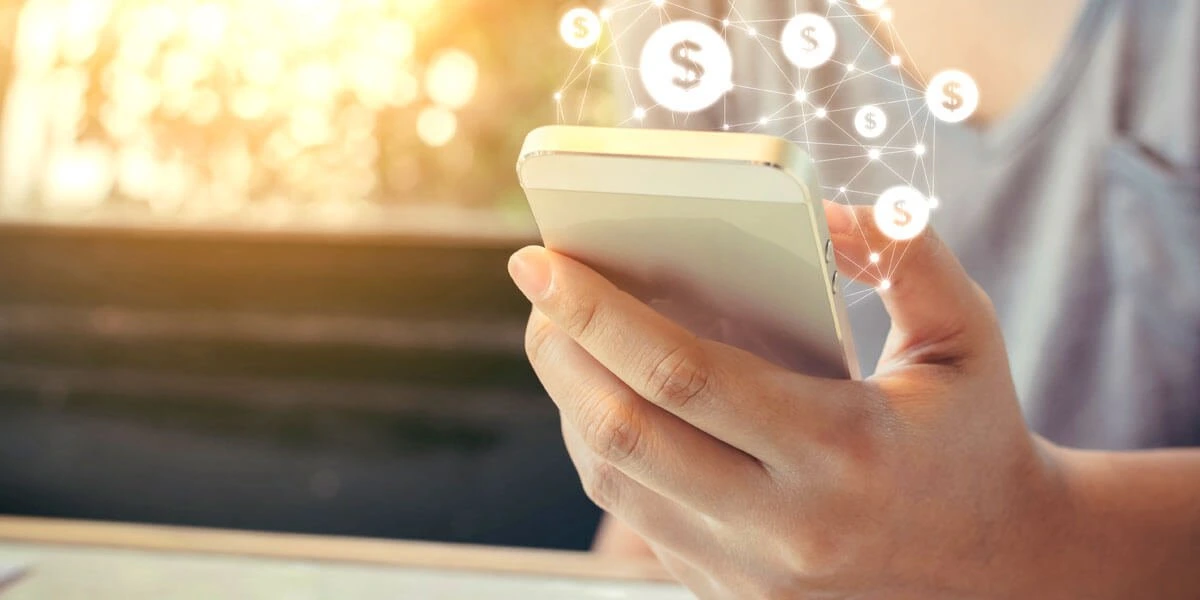Connecting more meaningfully with consumers in the next normal

COVID-19 has significantly disrupted economies and health systems around the world. Meanwhile, stay-at-home activities have increased the average global internet traffic to a peak of 47% this year. As consumers find comfort in digitally-driven services, industries continue to navigate the shift from physical to virtual connections steering into the next normal. Amid this change, B2B marketing leaders have taken on a new challenge. How can they accurately identify the changing consumer demands and connect more meaningfully with them in the days to come?
While consumers continue to shift their purchase decisions based on the changing economy, marketers are now focusing on thoughtfully reallocating business resources by stepping into the shoes of the future consumer. The new normal for businesses has begun with rapid digital adoption at the forefront. COVID-19 has become a defining event that is already reshaping consumer behavior. Here’s how your business can steer toward the next normal while addressing consumer habits that may arise and stick.
Create humanized interaction with consumers
COVID-19 has drastically changed the way consumers engage with businesses. As per McKinsey, 71% of consumers believe that their routines will take over four months to return to pre-covid patterns. Amid the existing consumer pessimism, marketers need to revisit their communication strategies to form an empathetic bond with consumers. Realigning the messaging to meet consumer’s immediate needs, such as highlighting the safety measures you are taking, will be key in the next normal.
Meanwhile, consumer spending has increased by only 2% year-on-year in September 2020. With each customer segment facing challenges, consider proactively addressing their concerns as consumers try to navigate the pandemic. Creating a marketing communication plan that is tailored to each audience segment can help fuel growth. This will further brand interactions with consumers building long-term relationships and trust.
Strengthen digital technology capabilities
73% of consumers expect greater online personalization as they will continue their digital habits even after the pandemic has passed. For businesses, investing in digital platforms and technologies that help create personalized experiences has, therefore, become a priority. Upgrading analytics systems and evaluating new digital transformation strategies will help marketers accelerate businesses in the next normal.
For large B2B enterprises, email marketing has gained momentum due to a shift from traditional to virtual sales. Today, limited, relevant, and insight-driven emails are valued by consumers. Regular assessment is essential for the continuous improvement of your email marketing efforts.
Intelligent Virtual Assistants are supporting marketing and sales verticals to improve personalized connections with consumers. Meanwhile, cancellation of physical B2B marketing events has pushed Adobe, Microsoft, and Google to explore online experiential marketing opportunities. Marketers are increasingly focusing on data analytics to forecast the changing consumer demands post COVID-19 and improve their communications.
Revisit existing business models based on current market needs
To build a resilient ecosystem, businesses must identify the segments impacted by new consumer behaviors. An analytics mindset, design thinking, and continuous tracking of the market and competitive landscape will be essential for businesses to remain agile.
Virtualization has emerged as the hero-move for B2B organizations to curb losses during COVID-19. Defining new ways of working and connecting, such as virtual sales, will help marketers maintain productivity and relevancy.
The refined business models should aim at creating purpose-driven, differentiated customer experiences in the next normal. Marketers can accomplish the same by creating consumer-decision-journey maps that provide insights into their immediate needs.
Explore new ways to connect with consumers digitally
When it comes to humanizing marketing communications, digital technology can help marketers create immersive experiences for consumers. Voice search can help consumers use search engines in a more conversational manner. Marketers must define their SEO strategies accordingly. Moving forward, making your business voice search compatible can help increase your brand’s presence.
Gamification, from a non-gaming company perspective, has emerged as a strong digital technology to improve brand building and sustenance. Webinar gamification, for example, can help promote offerings and innovatively engage with consumers.
There will be an increased emphasis on the importance of quality data to drive targeted, personalized engagement in the next normal. Netscribes’ marketing communication solutions help firms communicate with their consumers more effectively through customer-focused messages and insight-driven content. To learn how Netscribes can help you meet your marketing goals and adapt to market and technology changes, contact us.






